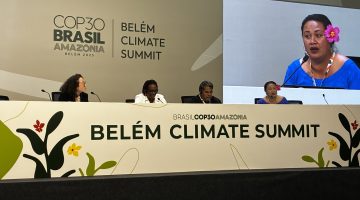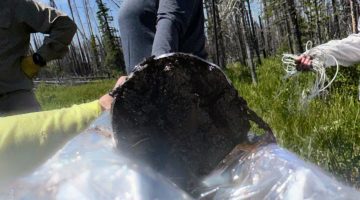Sandweiss discusses Peruvian serpent mountain with Science News
Science News featured Daniel Sandweiss, professor of anthropology and climate studies at the University of Maine, commenting on new research into Peru’s Monte Sierpe, or “Serpent Mountain.” Sandweiss said the study “makes a strong case” that Inca rulers repurposed the massive earthwork, known for its thousands of carved holes, as a system for receiving and […]
Read more


